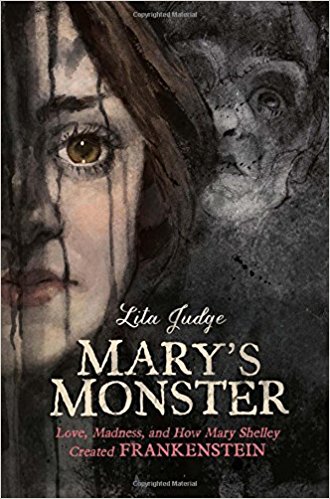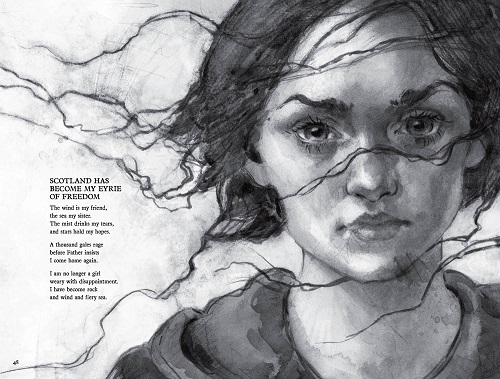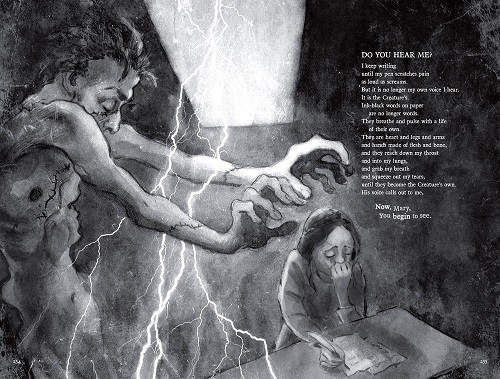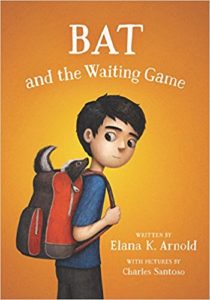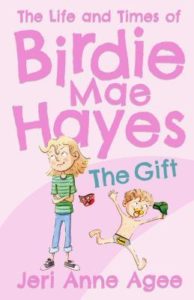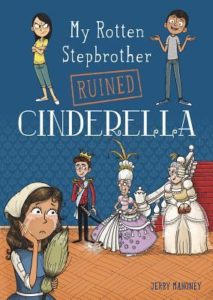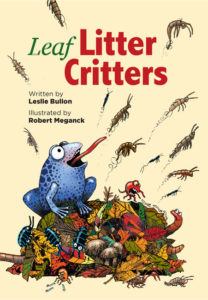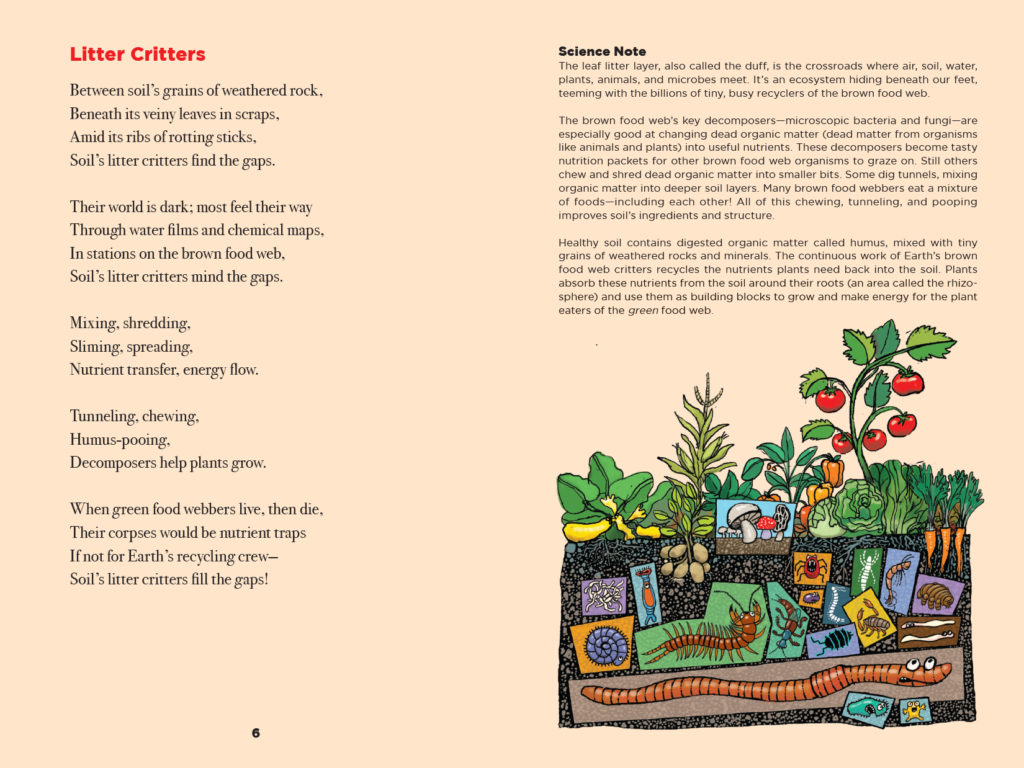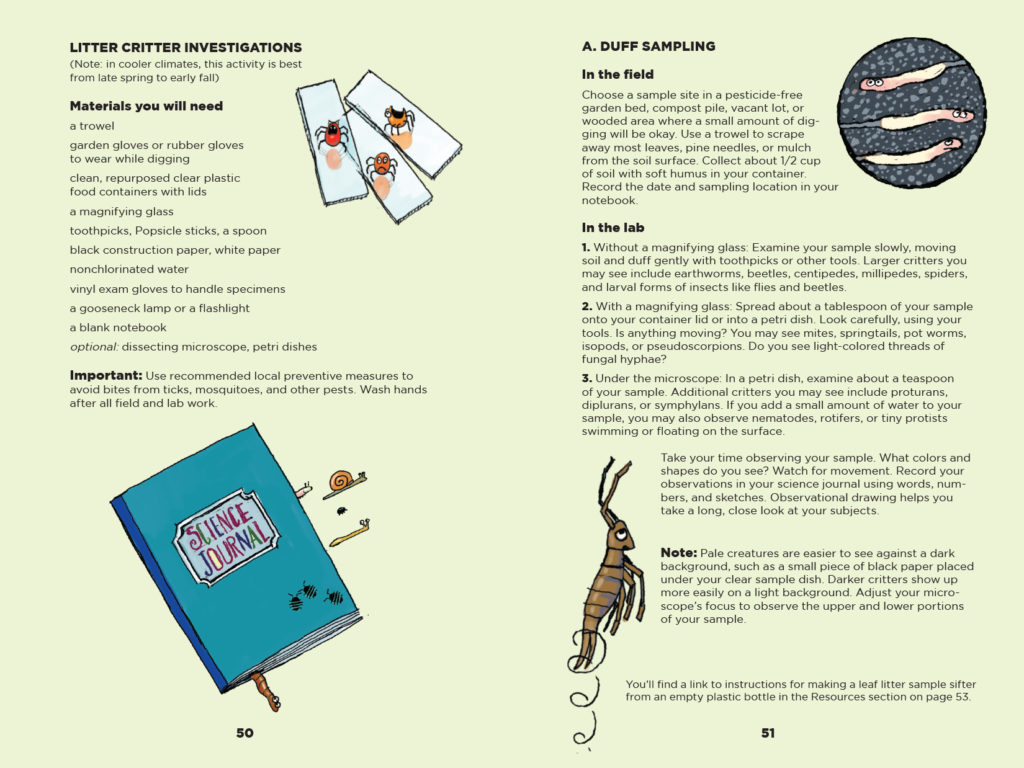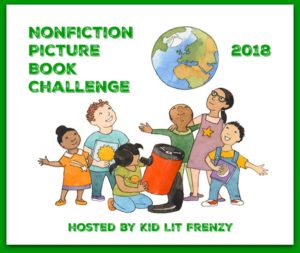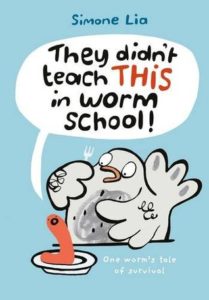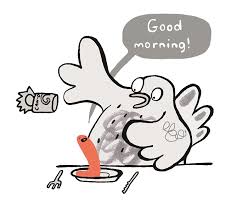Polly Diamond and the Magic Book
Author: Alice Kuipers
Illustrator: Diana Toledano
Expected Publication May 1st, 2018 by Chronicle
Summary: Polly loves words. And she loves writing stories. So when a magic book appears on her doorstep that can make everything she writes happen in real life, Polly is certain all of her dreams are about to come true. But she soon learns that what you write and what you mean are not always the same thing! Funny and touching, this new chapter book series will entertain readers and inspire budding writers.
Teachers’ Tools for Navigation: Activities for Polly Diamond include:
Color Poem
On page one, Polly says that her teacher said her color poem was fantastic.
Have your students use the Read. Write. Think. template to create their own color poem.
Finish her perfect house story
On page 3, Polly is interrupted while writing her perfect house story.
Finish her story with what your perfect house would include.
Wishes
When Polly realizes her book is magical, she thinks of many things she can wish for such as a cell phone, not frizzy hair, more books, a flat screen TV, and world peace.
Using a brainstorming graphic organizer, have your students think of all the things they wish for.
After brainstorming all of their wishes, have them circle your top three.
Using the five-paragraph format for informative essays, have students write explaining their three wishes.
Measuring
For Polly’s grandmother’s recipe for pancakes called for a cup of flour and a cup of milk. Many times, when baking, you do not have what you need to make the recipe, and not just ingredients—you may not have the right measuring cup.
Bring in one cup measuring cups along with 1/4, 1/3, 1/2, 3/4, tablespoon, and teaspoon measuring cups/spoons. Break students into groups and give each group one of each measuring cup/spoon as well as something to measure (water, rice, flour), and have them answering the following questions:
- If you only had 1/4 cup, how could you get one cup of flour?
- If you only had 1/3 cup, how could you get one cup of flour?
- If you only had 1/2 cup, how could you get one cup of flour?
- If you only had 3/4 cup, how could you get one cup of flour?
- If you only had a tablespoon, how could you get one cup of flour?
- If you only had a teaspoon, how could you get one cup of flour?
Favorite words
Polly has a lot of favorite words: words with double letters like doozy and mutli-meaning words like basil.
Have students make a list of three words that they really like.
For each word, they should define it and also explain why they like the word.
When finished, students should do a word meet and greet. Using clock buddies or some other buddy system, have students meet with other students in the classroom and learn about their favorite words. They should add the favorite words they learn about to their list.
Paint names
On page 29, Polly makes up names for paint that describes the color such as muddy pond, lunch bag, and baboon butt.
First, have students look at the colors Polly described on page 29 and find the corresponding color in either a crayon box or a color exploration site online.
Then, have students create color names using imagery. Either have them use the color exploration site online or the colors from Microsoft Word.
Affixes
Show students how there are different word parts (affixes) that can be put together to make new words. They are like puzzle pieces! Share with them the different types of word parts (prefix, suffix, root, and base) and how they fit together.
On page 56, Polly explains how adding un- to the beginning of a word gives it an opposite meaning. The word she uses as an example is unobservant. Share with your students that un- is a prefix that means NOT which does make a word the opposite. Have student brainstorm a list of words with un- at the beginning and define them using NOT as the definition for un.
Extension: dis-, il-, im-, in-, and ir- also mean NOT. Students can also explore words with these
prefixes.
Extension: On page 57, Polly also talks about adding –fully to the end a word to make it bigger,
but it does more than that. Share with your students that –fully is actually a combination of ful, a root word that means full of, and –ly, a suffix that turns an adjective to an adverb, so her example of sorrowfully means full of sorrow (adv).
After showing students how words break apart and how affixes help with word meanings, give students words with un- and –ful (or any other affix you taught) and have them mark the different word parts and define the word.
Coloring Sheets
Coloring sheets can also be downloaded from Chonricle’s website here.
See the Teaching Guide Created by Me (Kellee) for even more activities!
You can also access the teaching guide through Chronicle’s website here.
Recommended For:





